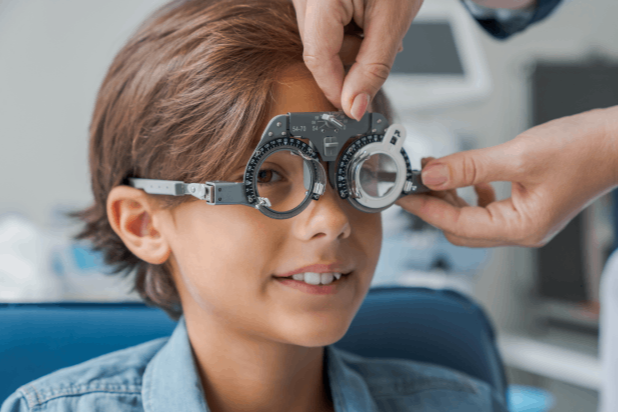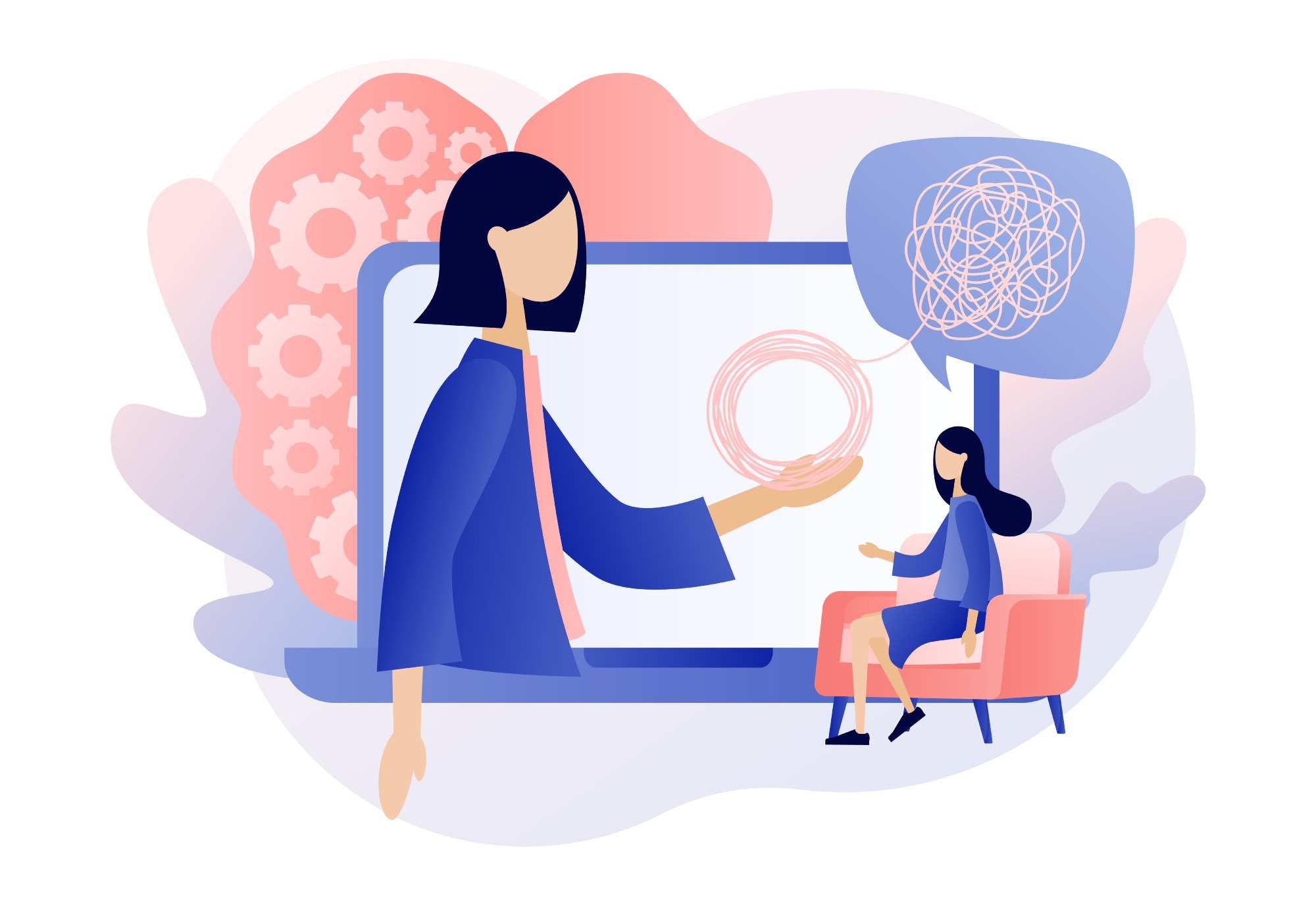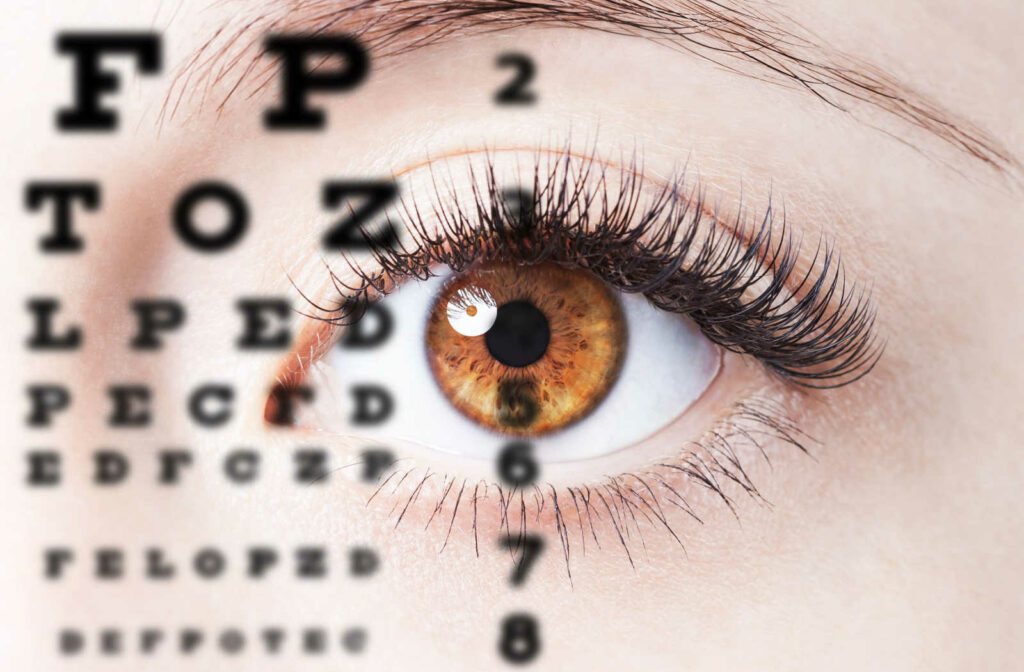All Categories
Featured
Reduced vision, a problem where standard glasses, get in touch with lenses, or surgical treatment can not fully recover sight, can make day-to-day tasks challenging. The good news is, reduced vision rehabilitation uses a variety of resources to assist individuals keep their independence and quality of life. This article explores the options readily available for those seeking assistance in managing their aesthetic disabilities.
What Is Reduced Vision Recovery?
Reduced vision rehabilitation is an organized strategy to help individuals maximize their remaining vision and adjust to new means of doing daily tasks. Specialists work with patients to develop personalized approaches, incorporating tools, methods, and training programs that fit their distinct requirements.
![]()
Trick Options for Low Vision Rehab
Vision Enhancing Devices
Optical Aids: Gadget like magnifiers, telescopic glasses, and unique analysis lenses can enhance clearness for reading, writing, and various other close-up activities.
Digital Visual Aids: Tools such as electronic magnifiers and mobile video clip magnifiers offer flexible zoom capabilities for numerous tasks.
Wearable Modern technology: Smart glasses equipped with electronic cameras and voice feedback offer cutting-edge solutions for boosting vision.
![]()
Assistive Innovation
Display readers, text-to-speech applications, and devices with voice commands make modern technology obtainable for people with reduced vision.
Mobile phone applications, such as navigating help and item acknowledgment tools, aid users engage with their surroundings better.
Training and Treatment
Alignment and Movement Training: Experts show skills for navigating areas safely, including the use of white canes or overview pets.
Daily Living Abilities Training: Rehabilitation programs give techniques for cooking, cleansing, and individual treatment, guaranteeing that people can execute vital jobs independently.
Aesthetic Skills Educating: Workouts designed to optimize making use of continuing to be field of vision can enhance aesthetic functionality.
Ecological Adjustments
Changes to living or work spaces can substantially improve ease of access. Examples consist of:
Setting up brighter lighting.
Adding high-contrast markings to home appliances.
Arranging furniture to create clear pathways.
Assistance Networks
Emotional and emotional assistance is an essential element of rehabilitation. Support groups, therapy sessions, and therapy solutions can help people deal with the obstacles of vision loss.
![]()
Peer networks link people with similar experiences, cultivating a feeling of neighborhood and shared discovering.
Just How to Gain Access To Reduced Vision Rehabilitation Provider
Reduced vision rehabilitation solutions are often supplied by:
Low Vision Clinics: Operated by ophthalmologists and optometrists focusing on vision disabilities.
Work-related Therapists: Experts in adjusting settings and tasks to suit individual needs.
Nonprofit Organizations: Teams such as the American Structure for the Blind (AFB) or regional loss of sight assistance companies supply valuable resources and referrals.
Verdict
Coping with reduced vision can feel overwhelming, yet with the ideal support and tools, individuals can remain to lead fulfilling lives. Low vision rehabilitation offers a selection of sources customized to enhance functionality, boost confidence, and improve lifestyle. Consider reaching out to a professional or recovery center to explore the lots of choices available if you or an enjoyed one is encountering the difficulties of low vision. With each other, these services guarantee that vision loss does not specify or restrict one's potential.
What Is Reduced Vision Recovery?
Reduced vision rehabilitation is an organized strategy to help individuals maximize their remaining vision and adjust to new means of doing daily tasks. Specialists work with patients to develop personalized approaches, incorporating tools, methods, and training programs that fit their distinct requirements.

Trick Options for Low Vision Rehab
Vision Enhancing Devices
Optical Aids: Gadget like magnifiers, telescopic glasses, and unique analysis lenses can enhance clearness for reading, writing, and various other close-up activities.
Digital Visual Aids: Tools such as electronic magnifiers and mobile video clip magnifiers offer flexible zoom capabilities for numerous tasks.
Wearable Modern technology: Smart glasses equipped with electronic cameras and voice feedback offer cutting-edge solutions for boosting vision.

Assistive Innovation
Display readers, text-to-speech applications, and devices with voice commands make modern technology obtainable for people with reduced vision.
Mobile phone applications, such as navigating help and item acknowledgment tools, aid users engage with their surroundings better.
Training and Treatment
Alignment and Movement Training: Experts show skills for navigating areas safely, including the use of white canes or overview pets.
Daily Living Abilities Training: Rehabilitation programs give techniques for cooking, cleansing, and individual treatment, guaranteeing that people can execute vital jobs independently.
Aesthetic Skills Educating: Workouts designed to optimize making use of continuing to be field of vision can enhance aesthetic functionality.
Ecological Adjustments
Changes to living or work spaces can substantially improve ease of access. Examples consist of:
Setting up brighter lighting.
Adding high-contrast markings to home appliances.
Arranging furniture to create clear pathways.
Assistance Networks
Emotional and emotional assistance is an essential element of rehabilitation. Support groups, therapy sessions, and therapy solutions can help people deal with the obstacles of vision loss.

Peer networks link people with similar experiences, cultivating a feeling of neighborhood and shared discovering.
Just How to Gain Access To Reduced Vision Rehabilitation Provider
Reduced vision rehabilitation solutions are often supplied by:
Low Vision Clinics: Operated by ophthalmologists and optometrists focusing on vision disabilities.
Work-related Therapists: Experts in adjusting settings and tasks to suit individual needs.
Nonprofit Organizations: Teams such as the American Structure for the Blind (AFB) or regional loss of sight assistance companies supply valuable resources and referrals.
Verdict
Coping with reduced vision can feel overwhelming, yet with the ideal support and tools, individuals can remain to lead fulfilling lives. Low vision rehabilitation offers a selection of sources customized to enhance functionality, boost confidence, and improve lifestyle. Consider reaching out to a professional or recovery center to explore the lots of choices available if you or an enjoyed one is encountering the difficulties of low vision. With each other, these services guarantee that vision loss does not specify or restrict one's potential.
Latest Posts
Trusted Expenses Door Solutions for Residences and Services
Published May 24, 25
1 min read
Discover WyHy FCU – Top Benefits for Your Financial Success
Published May 24, 25
1 min read
Explore Strathmere’s Coastal Treasure: Relax, Savor, and Stay at Deauville Inn
Published May 23, 25
2 min read
More
Latest Posts
Trusted Expenses Door Solutions for Residences and Services
Published May 24, 25
1 min read
Discover WyHy FCU – Top Benefits for Your Financial Success
Published May 24, 25
1 min read
Explore Strathmere’s Coastal Treasure: Relax, Savor, and Stay at Deauville Inn
Published May 23, 25
2 min read